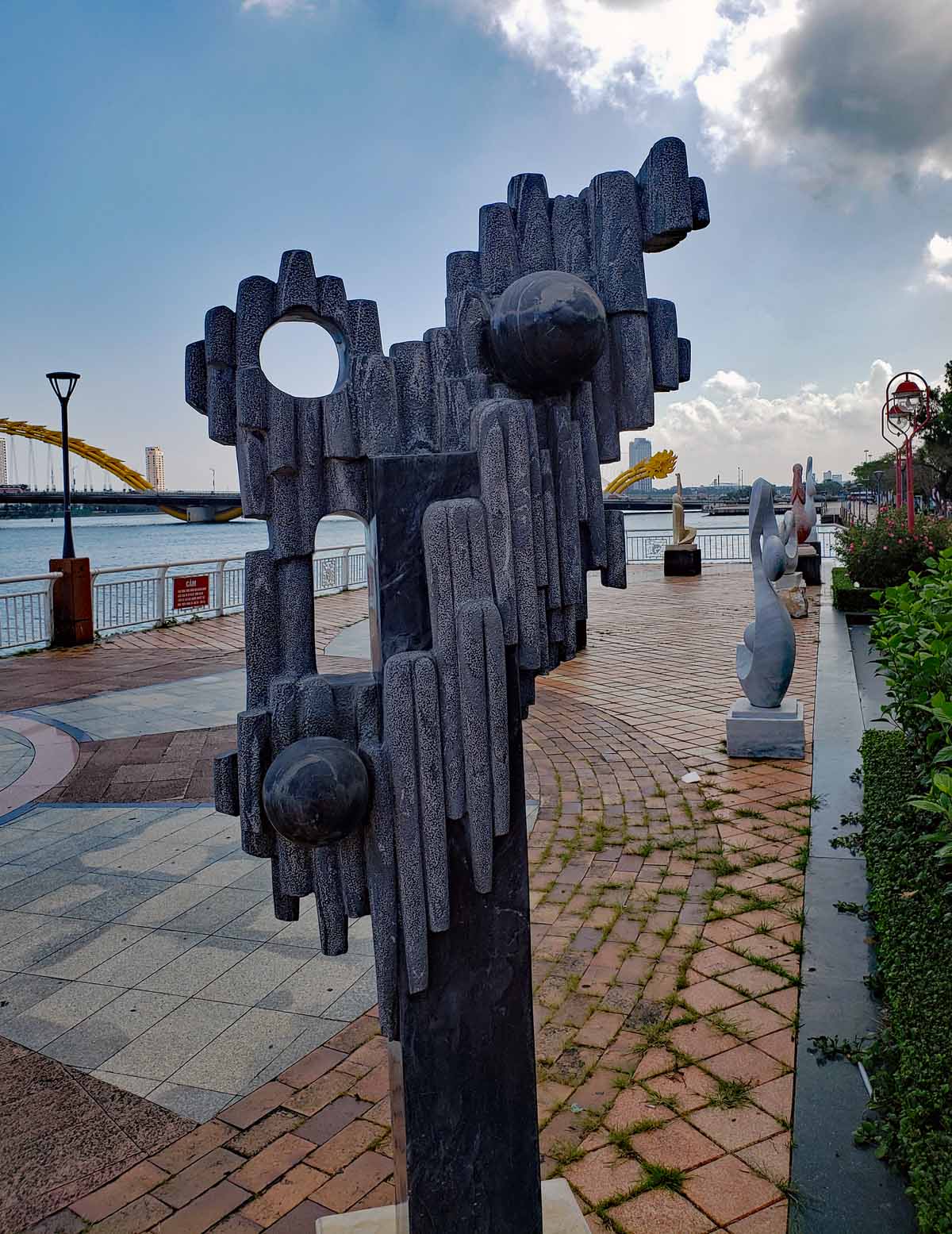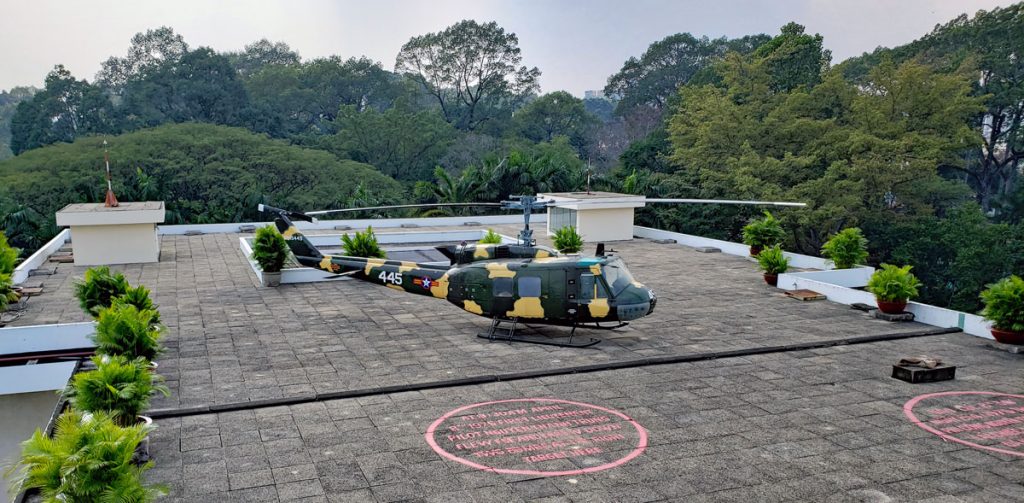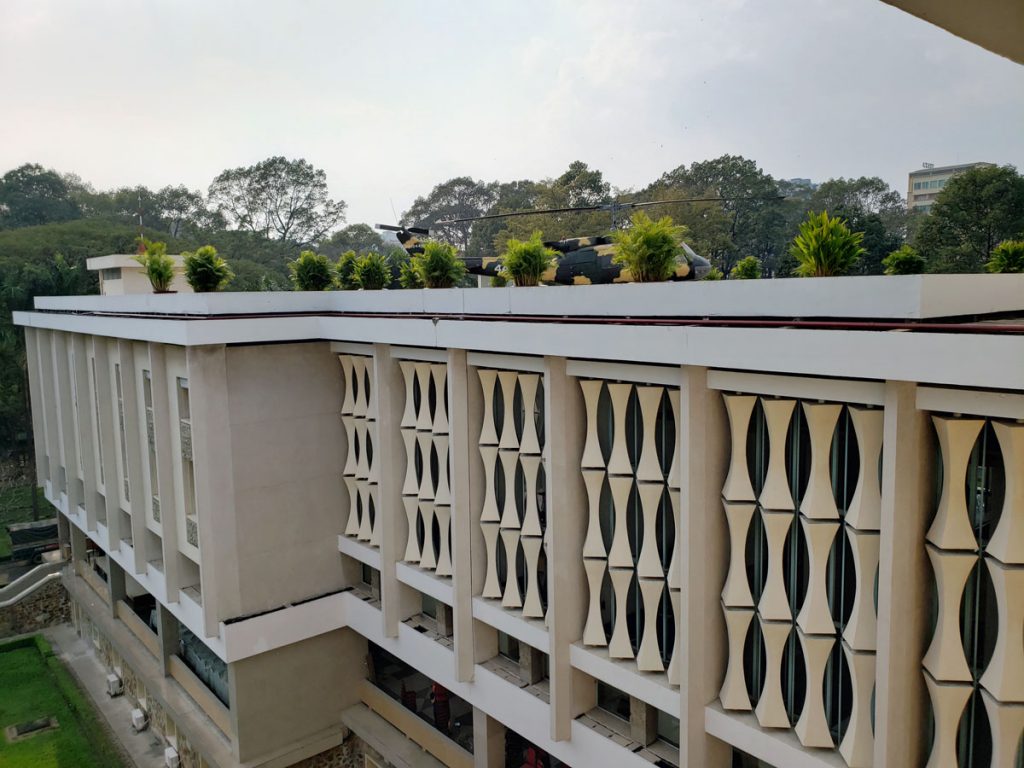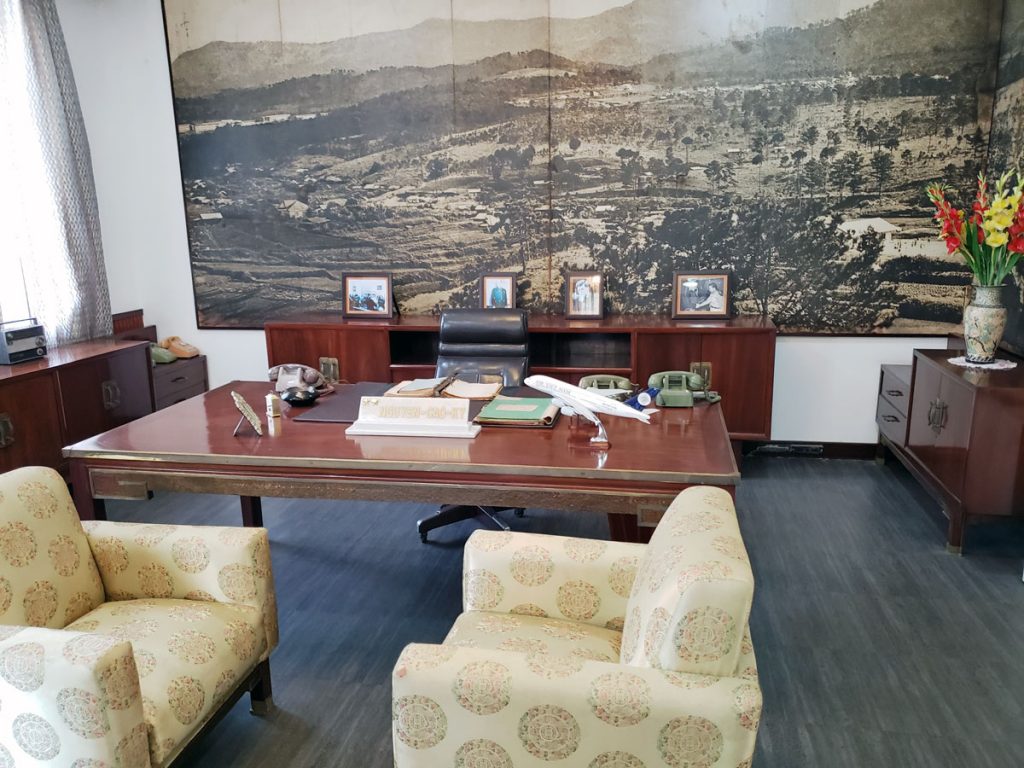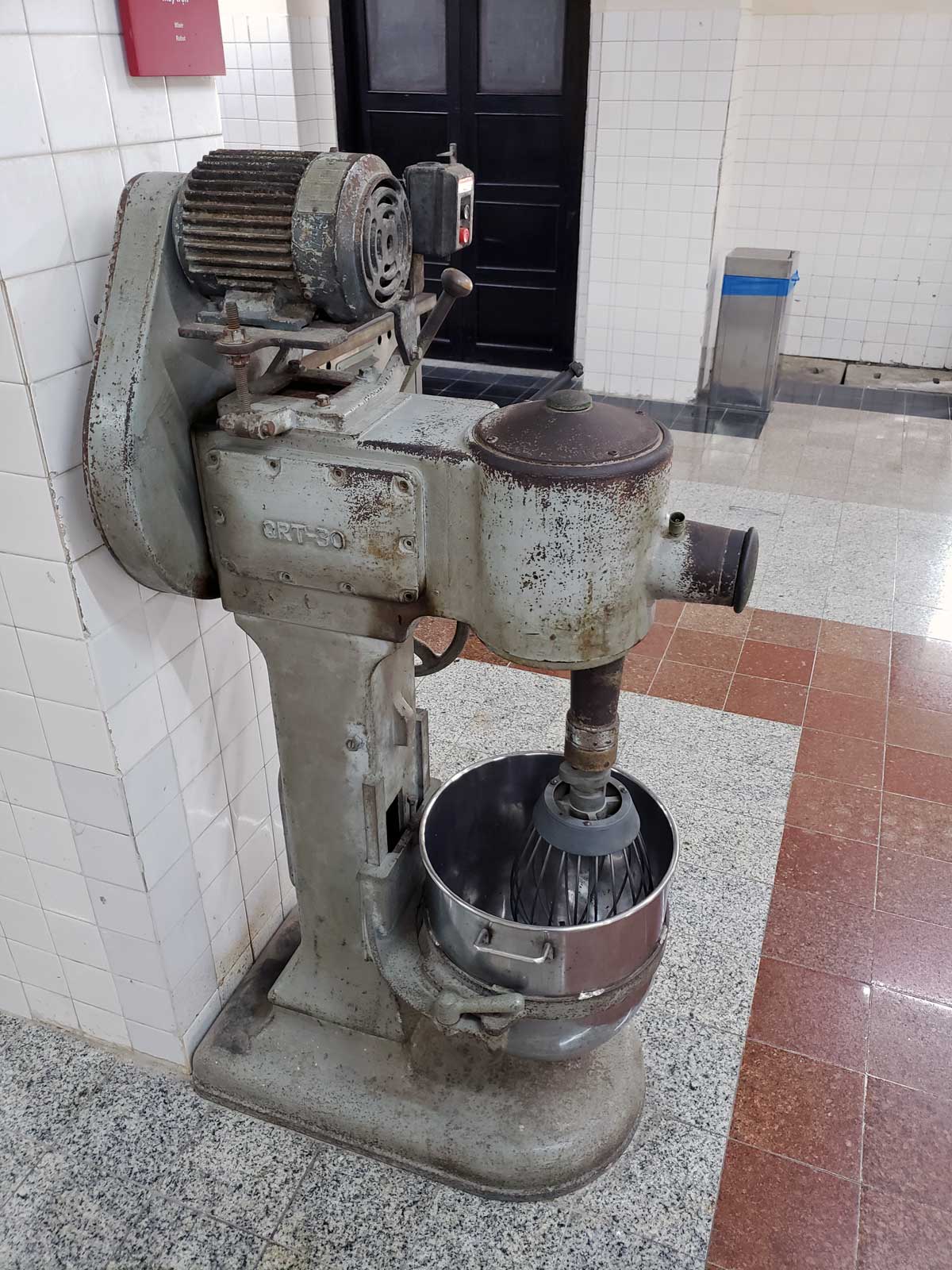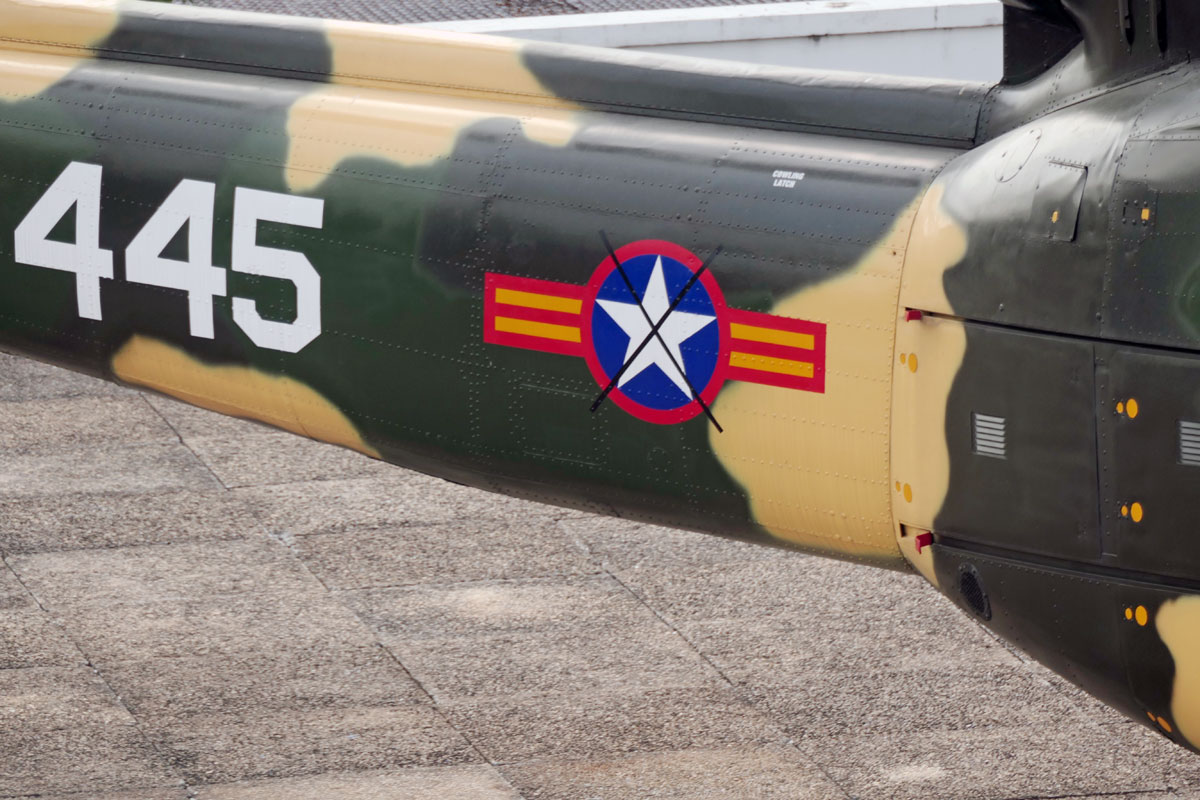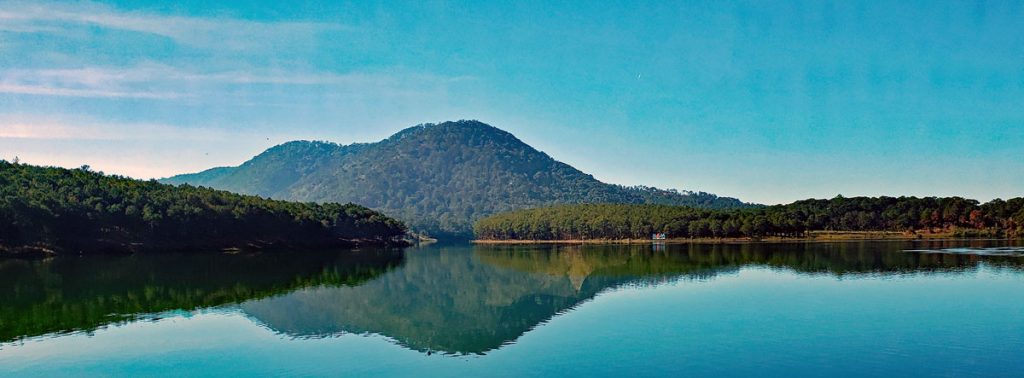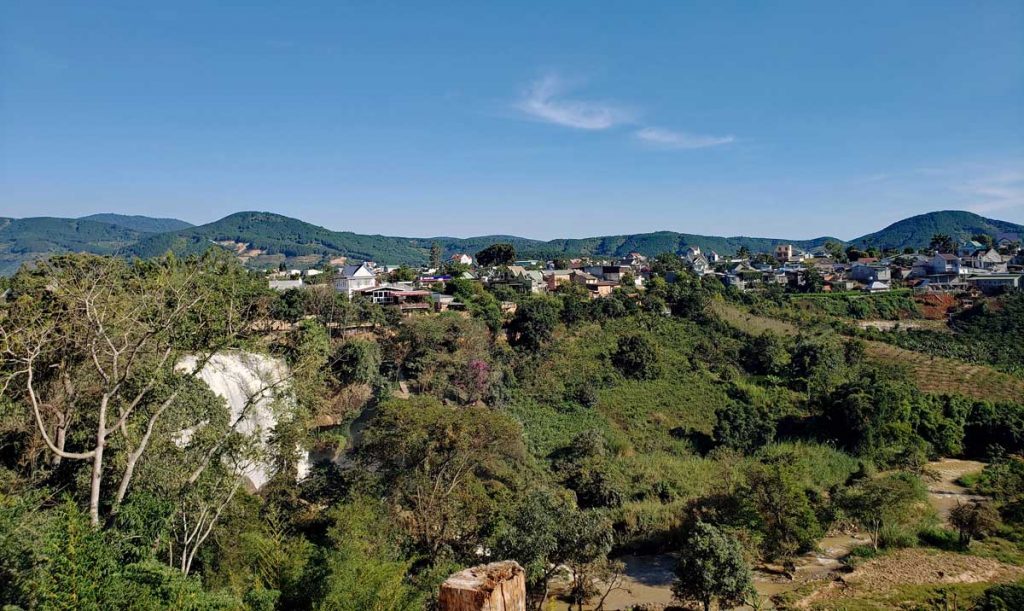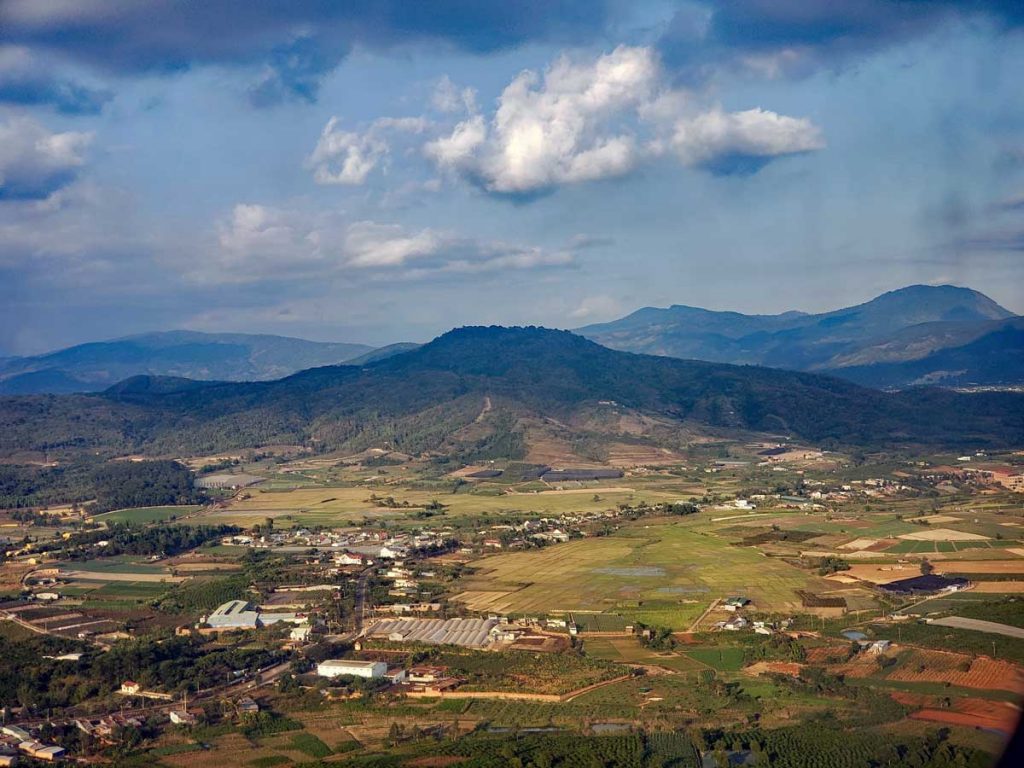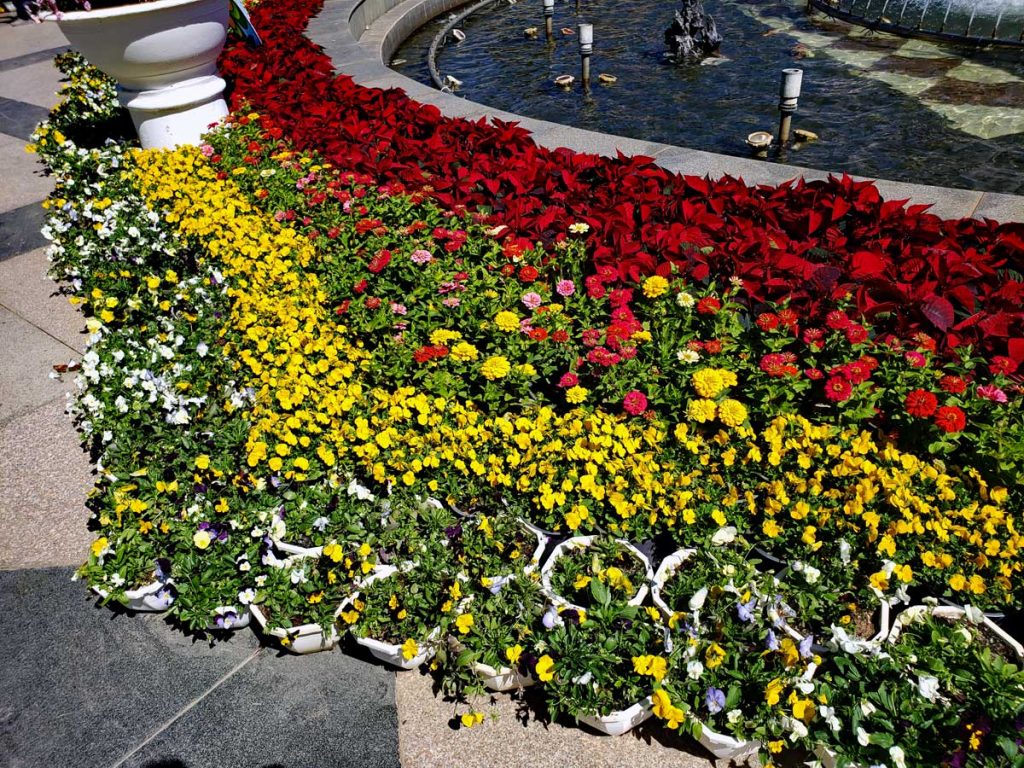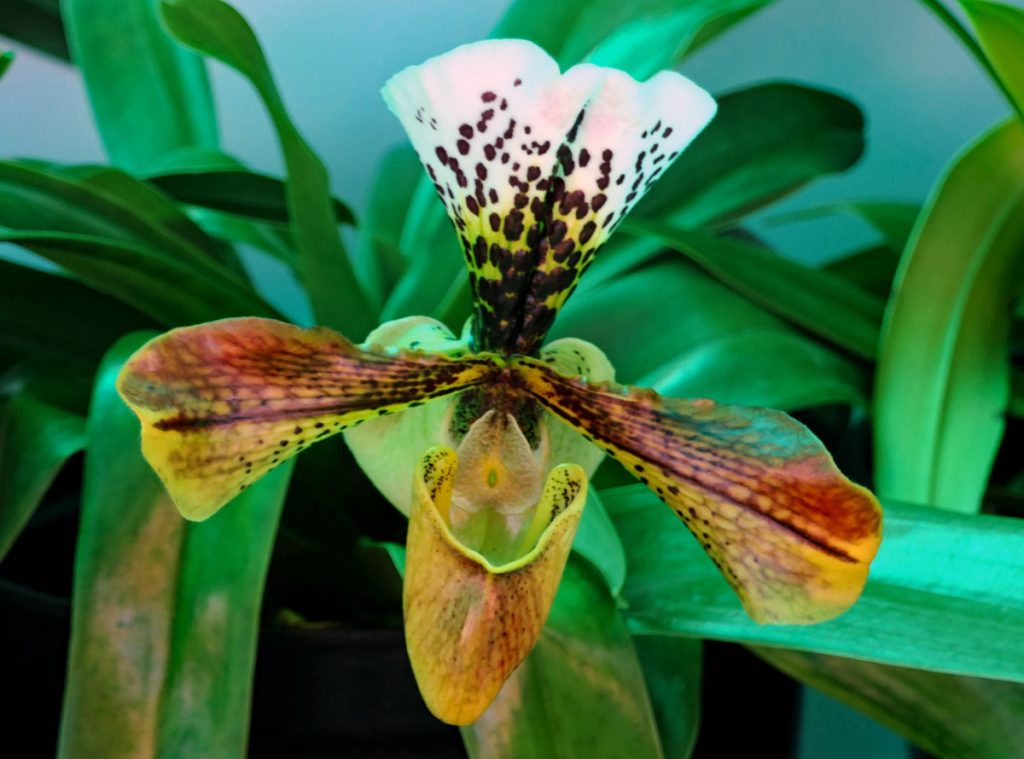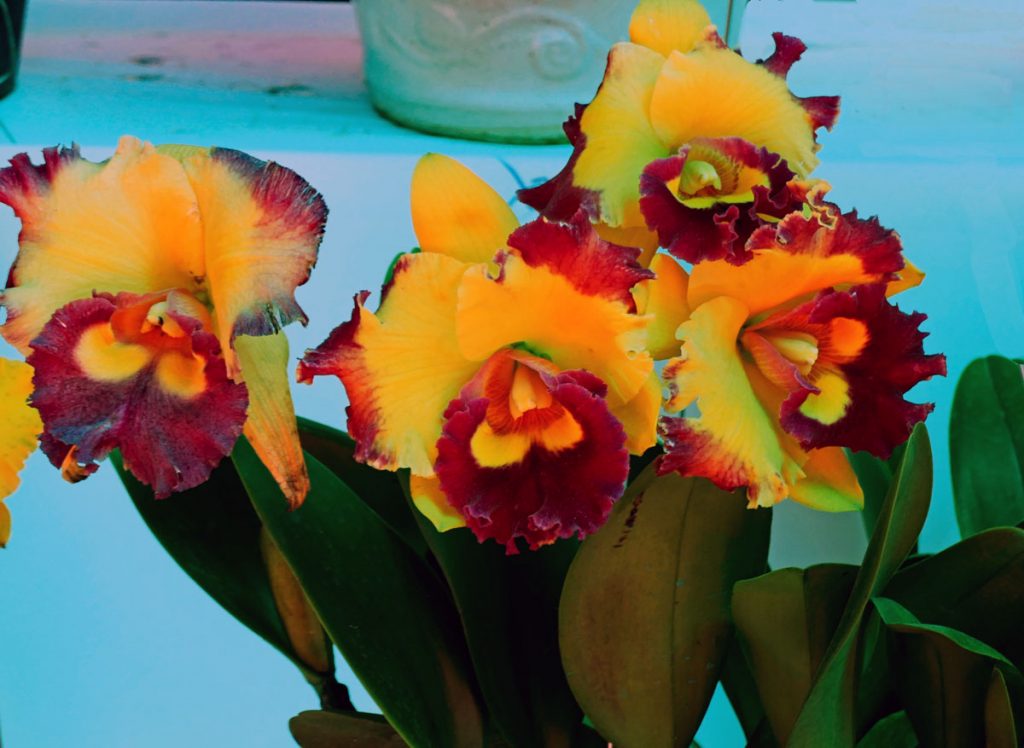
Da Nang International airport arrival area is filled with taxi wranglers and other questionable characters, be aware! I use Grab whenever possible and I have not had much problems with the service.



Da Nang – Bridges and Beaches.
Da Nang has about 1.13 million inhabitants as of 2019 and it is what is called a first class municipality. It is the fifth largest city by population in Vietnam and it is one of only four centrally controlled cities in the country. Da Nang is the educational and commercial centre for the central coast of Vietnam.
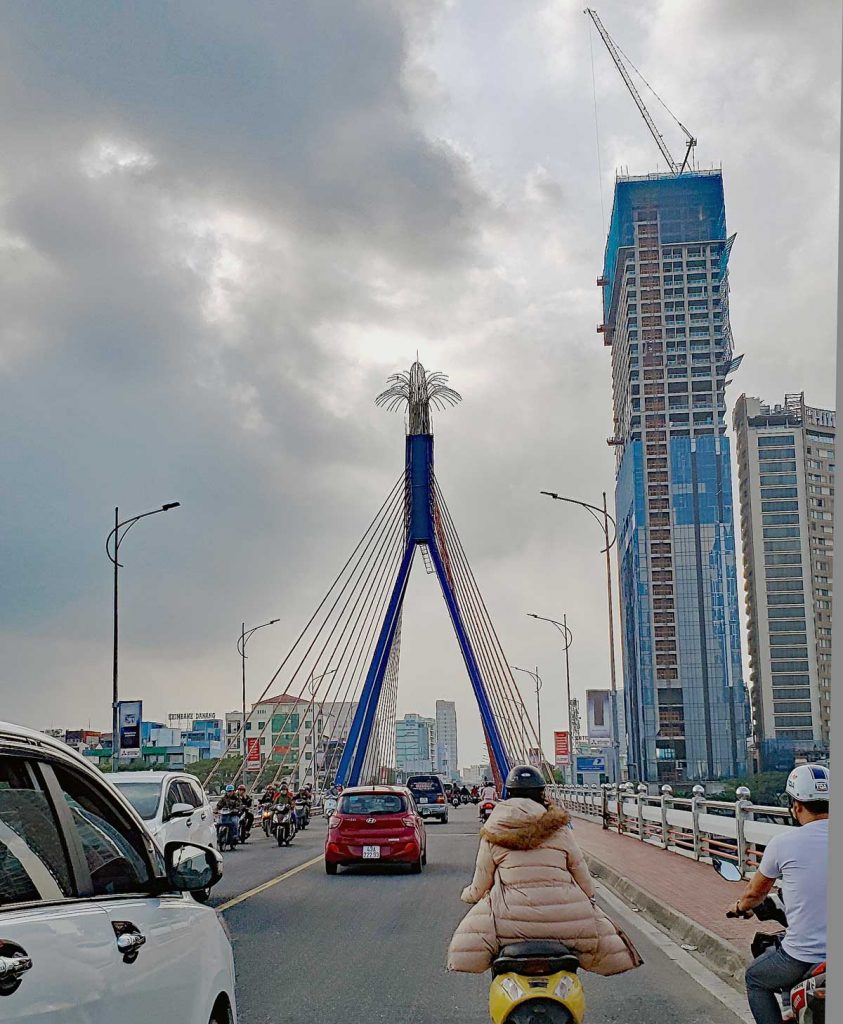
The port is a big part of Da Nang’s importance as a trading hub. The port is well protected and it used to be accessible by going up the Han river. This is where the country’s first swing bridge was built to make it possible for ships to get into the harbor and at the same time have a bridge for transportation across the river in the city centre. Today the bridge swings for tourists instead of ships since other ways to access the port has been developed.
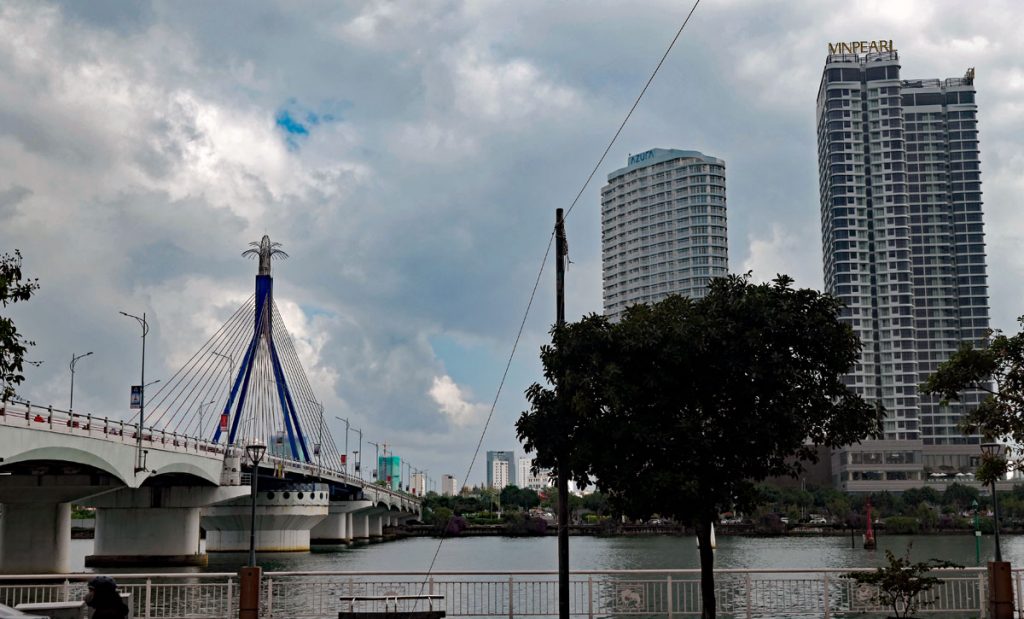
The round column in the middle of the bridge is where it swings around and opens up for ships that are higher than the bridge span to pass through going up river and into the harbor.

Today the bridge opens for tourists during season April – September every weekend Friday and Saturday night 23:00 – 23:30 (best info – check schedule locally for viewing).

In many ways Da Nang, as well as the country of Vietnam is a mix of high tech new ways of design, ways of doing things and the old traditional ways of getting things done and the way things look.



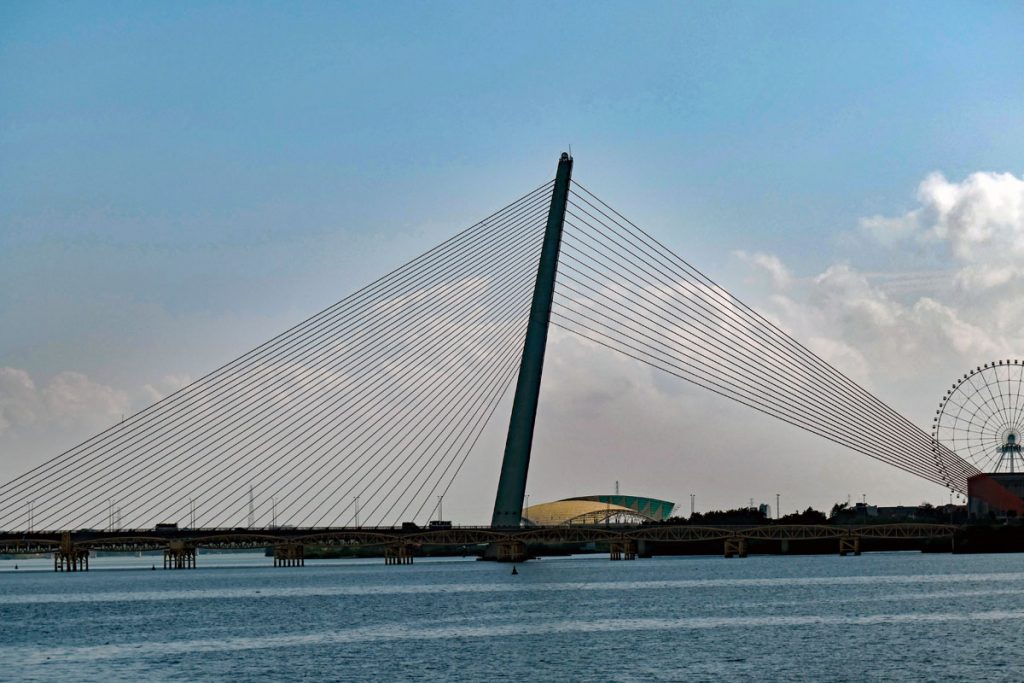
The Nguyen Van Troi, Tran Thi Ly Bridge (most often just referred to as Tran Thi Ly Bridge) was finished in 2013. The bridge was designed and built by Finnish firm WSP and it replaced two older bridges. The old bridges were named after two revolutionaries in the Vietnam war that ended 1975, one for Tran Thi Ly a female who was imprisoned and tortured in Saigon and the other for a male fellow revolutionary named Nguyen Van Troi.

Beaches



The beaches in Da Nang span between 20 – 30 miles depending a bit on who counts. However, this is a long stretch of public beaches on the South China Sea that attracts vacationers and surfers en masse.




Vinfast

Vingroup is a private company headquartered in Ha Noi with entities in among many areas, retail, hospitality, real estate, healthcare, education and even auto and scooter manufacturing. In 1987, the founder Phạm Nhật Vượng studied at the Ha Noi University of Mining and Geology and was sent on a scholarship to the Moscow Geological Prospecting Institute.
After finishing his studies and graduating in 1992, he moved to Ukraine and opened a Vietnamese restaurant. While he was operating the restaurant, he also started making and selling instant noodles. He founded a company called Technocom in 1993 which eventually became a market leader in dehydrated food products. The company was sold to Nestle in 2009 for USD 150 million.
After the sale of the company he moved back to Vietnam where he already had started a Vinpearl resort back in 20003 and he had developed the Vincom City Towers in Hanoi that opened in 2004. The two entities Vincom and Vinpearl were later merged to form the Vincom Group in which one of the brands is Vinfast. The once restaurant owner Phạm Nhật Vượng is now recognized as the richest (in monetary terms) person in Vietnam with an estimated net worth according to Forbes magazine in October 2019 of USD 7.8 billion which is about VND 181 trillion (VND=Vietnamese Dong).

Sidewalk scooter repair and junk yards

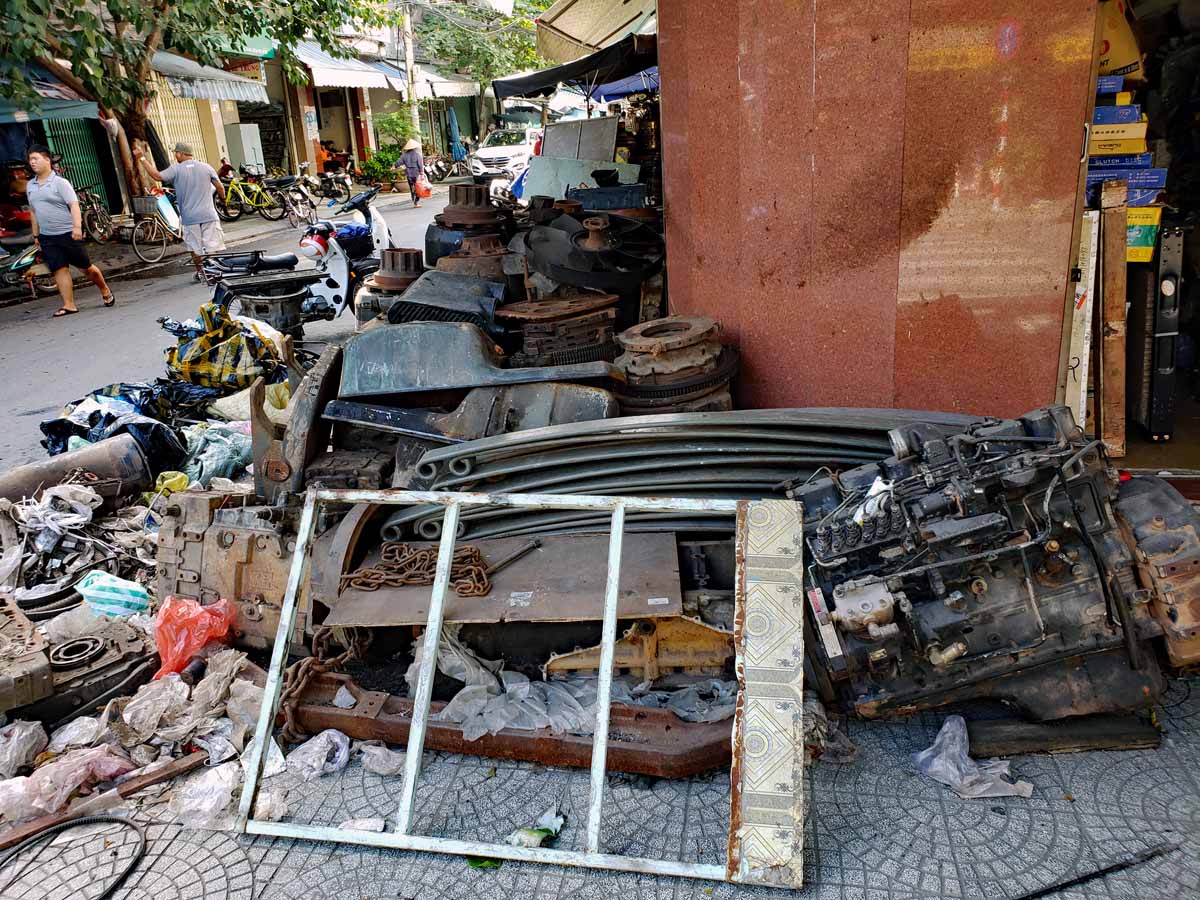
Son Tra Night Market

Night markets are common and popular all over South East Asia. Part of the attraction is of course the food, and when another thing that adds to the attractiveness is the fact that nighttime is a cooler time that brings some respite from the sweltering daytime temperatures that are getting more and more common.






Public Art

Along the Han river walkway there are many public art sculptures to enjoy. Art is well supported by the local and country government so public art and museums are plentiful throughout the country. I think art is part of what makes a country great and Vietnam has a great thriving arts community.
